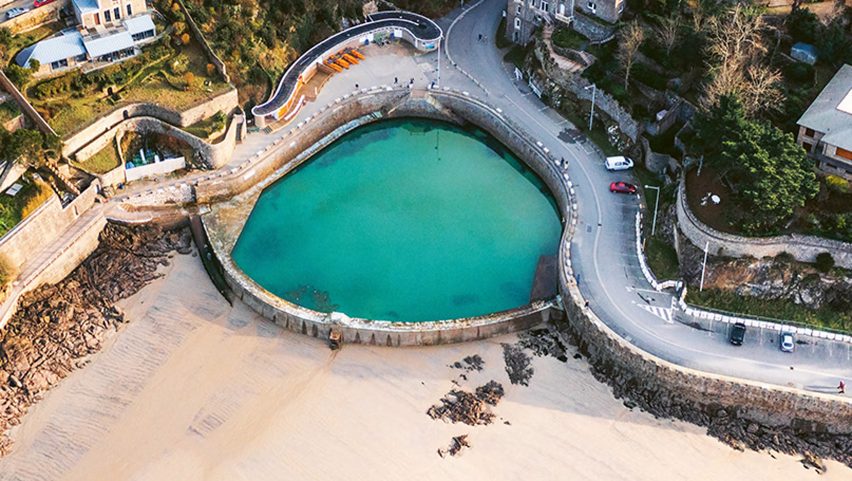
Six sea pools that provide "safe access to water for all"
As outdoor swimming continues to make a resurgence, architect Chris Romer-Lee picks six of the most intriguing tidal pools from his book Sea Pools.
Named Sea Pools: 66 saltwater sanctuaries from around the world, Romer-Lee's recently published book highlights the most significant tidal pools – seawater pools that are filled by the high tide – from all across the world.
"I wanted to celebrate this often overlooked coastal infrastructure that continues to solve the issue of safe access to water for all," he told Dezeen.
Romer-Lee, who is director of UK practice Studio Octopi, has a long-term interest in architecture connected to outdoor swimming, with his studio working on plans for a floating swimming pool in Melbourne's Yarra River, a lido in Peckham and a tidal pool on the Isle of Wight.
"A return to outdoor swimming"
He believes that outdoor swimming is seeing a resurgence as people are rediscovering the benefits of swimming in the sea, rivers and lidos following the initial boom in the 18th century.
"Over the past 10 years there's been a return to outdoor swimming," he said. "Be it in lidos, rivers or the sea, research has now proven that this brings measurable health and well-being benefits."
"The closing of pools due to the energy and cost of living crisis means that providing more and better access to the sea will become increasingly important and cost effective," he continued.
The book aims to highlight the huge variety of sea pools that exist across the world along with the community involvement in the pool's creation and use.
"The sea pools featured in the book were chosen to communicate the complexity and scale of these projects," explained Romer-Lee.
"In the UK we have Margate's concrete Walpole Bay Tidal Pool at 16,000 square metres, through to Lady Basset's baths carved directly from the rock which average around two square metres."
Read on for Romer-Lee's picks of sea pools from around the world:

Langstrand, Namibia
Built in 1987 and designed by Johan van Papendorp of OVP, Langstrand from the air is reminiscent of a long-forgotten Star Wars set.
Astrological influences, arcs and diagonals dance across the golden sand to define the start of a new community planned for this coastline. When Namibia was founded, the resort never properly established itself and now the pool is a little forlorn.
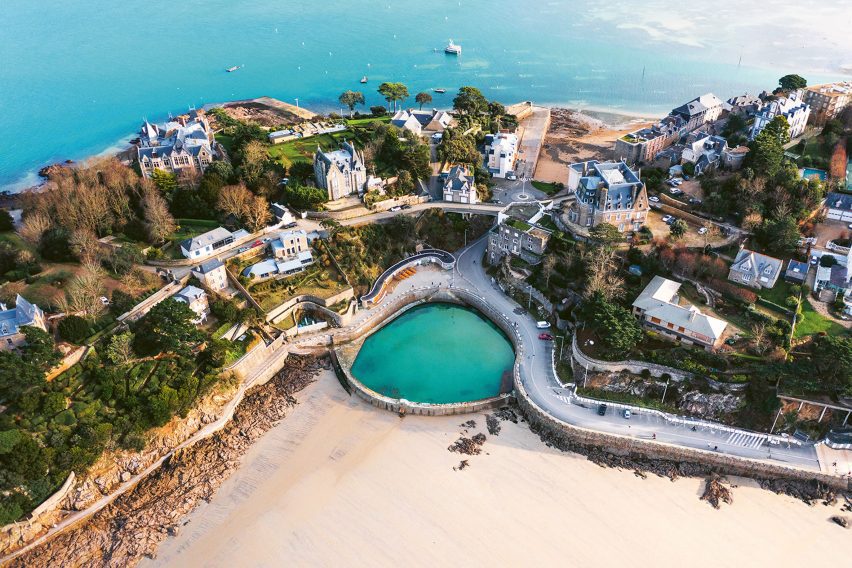
Emerald Gate, Dinard, France
It was a baking hot spring day when I arrived in Dinard to swim here. The engineering and design of the swimming infrastructure is exquisite and extends beyond the pool itself.
The former natural cove now offers a pool of the enticing emerald water that was loved by English and US high society in the 1930s.
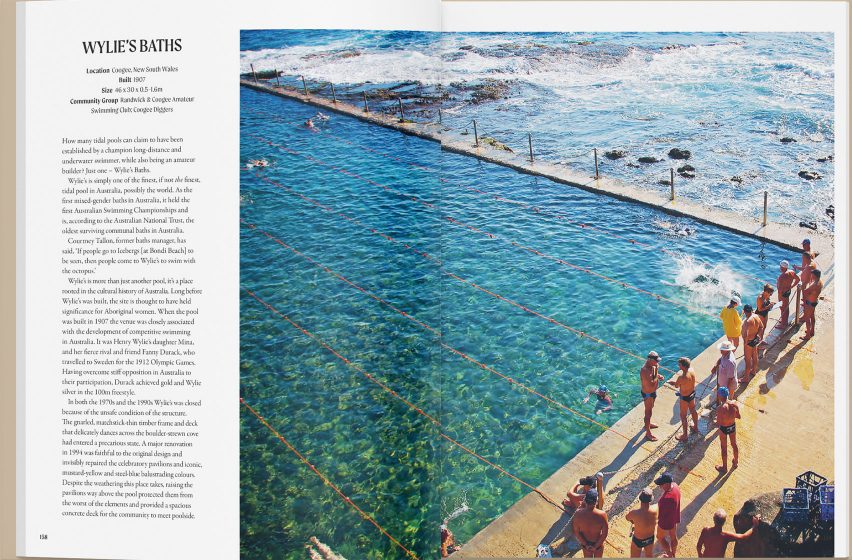
Wylies, Sydney, Australia
Wylie's is simply one of the finest, if not the finest, tidal pools in Australia – possibly the world. Wylie's is more than just another pool, it's a place rooted in the cultural history of Australia.
Long before Wylie's was built, the site is thought to have held significance for Aboriginal women.
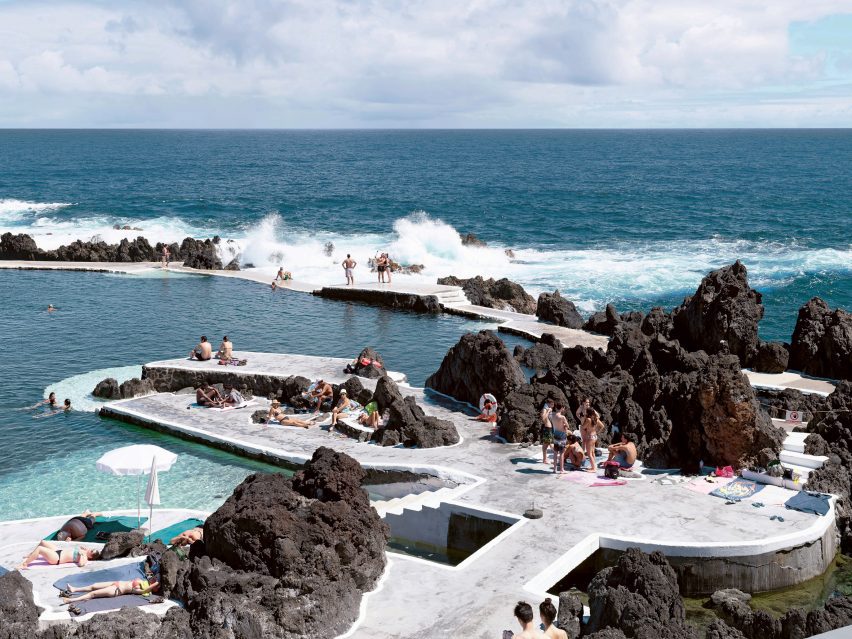
Porto Moniz, Madeira, Portugal
This pool was commissioned by the municipal administration during one of the longest-surviving authoritarian regimes in Europe, Portugal's Estado Novo.
The serpentine curves of smooth white concrete that unified the natural lava pools are evocative of Central European modernism. Under the regime, citizens were obliged to provide community service, and it is thought the work to create the pools was undertaken by the residents of Porto Moniz.
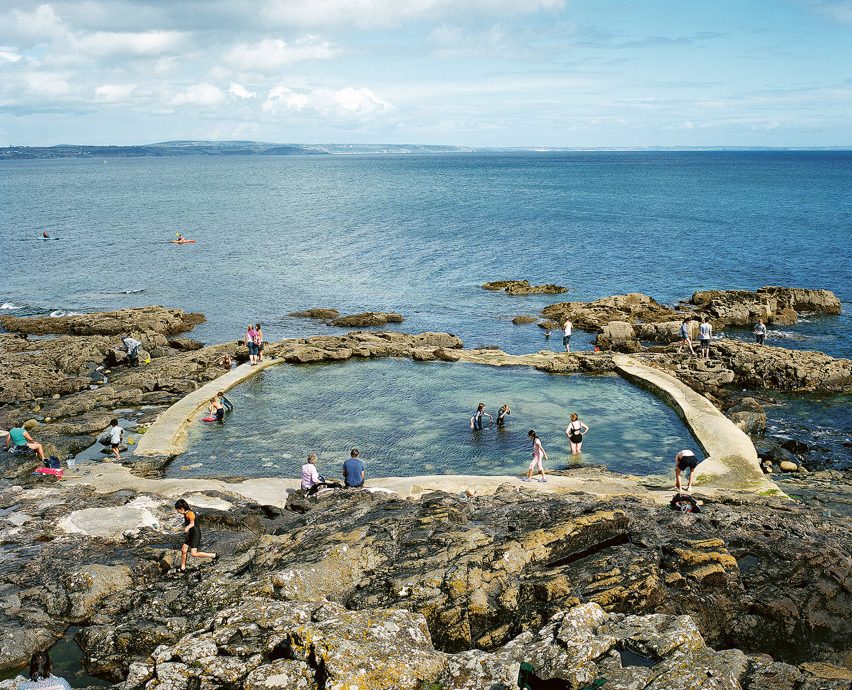
Mousehole Rock Pool, Cornwall, UK
Wholly conceived and executed by the local community, this pool has provided over 50 years of protected and safe seawater for the children of the village to enjoy.
Unpretentious and simply solving a problem – how to get easy access to the sea – this pool encapsulates the social significance of tidal pools within society.

Strandfontein, South Africa
Along with Monwabisi, these are the two largest tidal pools in the world. So large that when they were both completed, they had a dangerous impact on the topography of the coast and therefore water.
The inspiring scale of the pool and raucous postmodern pavilion, designed by architect Vaughn Burns, hides a sinister past as this complex was built during the apartheid era for the relocated communities of the Cape Flats.